Signal Dry Weekly Market Monitor
Apr 23, 2024Capesize C3 Route South Atlantic Overview Supply

According to the Capesize C3 South Atlantic overview provided in the image below, during the third week of April, there was a notable 4% decrease in ballast vessels bound for the South Atlantic, coupled with a significant surge of 72 vessels waiting to load. Analysis of forthcoming arrivals in the South Atlantic over the next 40 days reveals a discernible uptick in vessel supply, both laden and unladen, within the 10 to 20-day timeframe. However, beyond the 30-day mark, there appears to be a pronounced increase in the availability of ballast vessels.
Gross supply criteria for the C3 route:
- Ensure that the Estimated Arrival Time (ETA) to Tubarao is under 40 days.
- If a ship is heading to the South Atlantic, it's automatically counted.
- Include Ballast vessels opening in Singapore/Malaysia, Argentina & Uruguay Thailand/Vietnam, East Coast India, and East Africa. If the forecasted load area is South Atlantic or unknown.
- Include laden vessels opening on the Singapore/Malaysia, Pakistan/West Coast India, and Atlantic or unknown.
- Exclude vessels with AIS destinations in Australia/ Indonesia/ South Atlantic: Brazil, Africa, Atlantic Coast, South Africa.
Net supply criteria:
Including Available Ballast, Available Laden, Waiting to Discharge and Discharging vessels.
Congestion in the discharge areas:
North China, South China, Central China, Pakistan/West Coast India, East Coast India, Arabian Gulf.
South Atlantic Demand:
Total loading volume (tonnes) from South Atlantic of last 7 days compared with the total volume of previous 7 days. South Atlantic areas: Brazil, Africa, Atlantic Coast, South Africa.
Ballasters to South Atlantic comparison with VLOC

Ballast vessel movement heading towards the South Atlantic in the Capesize sector has recently experienced a downturn, descending from its peak of 250 to below 200. Meanwhile, there's been a noticeable increase in ballast vessels for Very Large Ore Capesizes, as the daily volume loaded in the South Atlantic aims to find stability since mid-March. On the demand side, the outlook is uncertain, characterized by significant volatility swinging between highs and lows. The trajectory of April's demand remains ambiguous, with Baltic rates starting to steady by the conclusion of the third week.
Capesize Ballasters Vs Baltic Rates

Image 3 presents a comprehensive view of the correlation between the vessel count of Capesize Ballasters and the performance of C3 rates ($/mt). Notably, the surge in the number of ballast vessels exceeding 250 in mid-February coincided with a downturn in C3 rates, dipping below the $25/ton mark.
However, the recent decline in the number of ballast vessels to below 200 has sparked optimism for a stronger momentum in C3 rates. Should this trend persist and the daily average of ballast vessels remain below the 200 mark towards the end of the month, it could potentially propel C3 rates towards the $30/ton threshold. This suggests a potential shift in market dynamics, with favorable implications for rate performance in the near future.
Supply Demand Scenarios for C3 breakeven point

Within the Signal Ocean Platform Market Insights, users gain access to invaluable scenarios depicting the delicate balance between supply and demand within the freight market. This tool allows for real-time monitoring of critical breakeven points, where supply and demand imbalances are reconciled, ultimately influencing the direction of freight rates.
In the image provided, a pivotal breakeven point is highlighted, projected at 20 days forward. Here, the demand benchmark reaches 20 million units, intersecting with the supply curve. This convergence triggers a notable downward pressure on rates, indicative of a potentially aggressive trend shift.
Specifically, the next 14 day average based on 2023 historical numbers for the daily volume loaded in the South Atlantic currently hovers above the demand benchmark of 1 million tons. However, it remains below the prevailing supply trend, encompassing vessels in both laden and unladen states.
Similar Stories
President Biden nominates Matt Kaplan to lead new Great Lakes Authority
Yesterday, the White House nominated Matt Kaplan to serve as the first federal co-chair of the Great Lakes Authority. The GLA was authorized by Congress in 2022 and will be…
View Article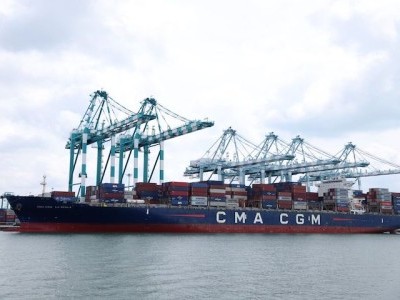
CMA CGM Announncement: PSS02 - From Asia to West Africa
View Article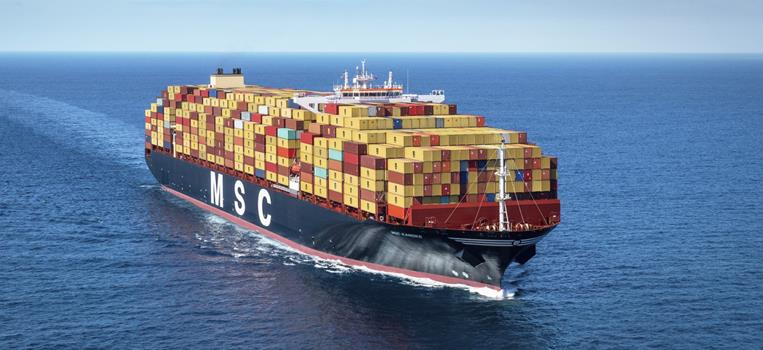
MSC Annoucement: GRI - General rate increase - CANCELLED
View Article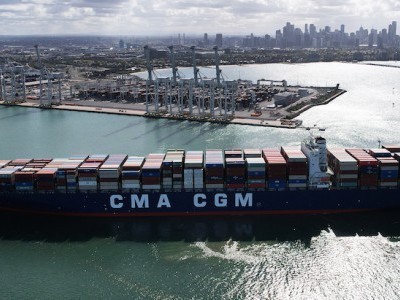
CMA CGM Expiration: Empty equipment imbalance surcharge - from Spain to East Mediterranean & Black Sea
View Article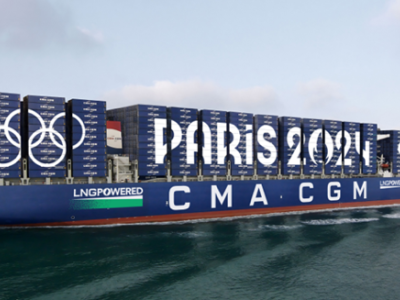
CMA CGM GREENLAND: Arrival of the Olympic Flame in Marseille
View Article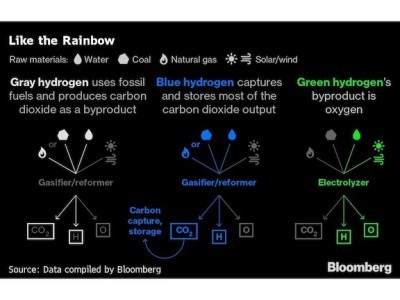
Tycoon sees $3.5 billion investments in Namibia green hydrogen
View ArticleGet the most up-to-date trending news!
SubscribeIndustry updates and weekly newsletter direct to your inbox!





